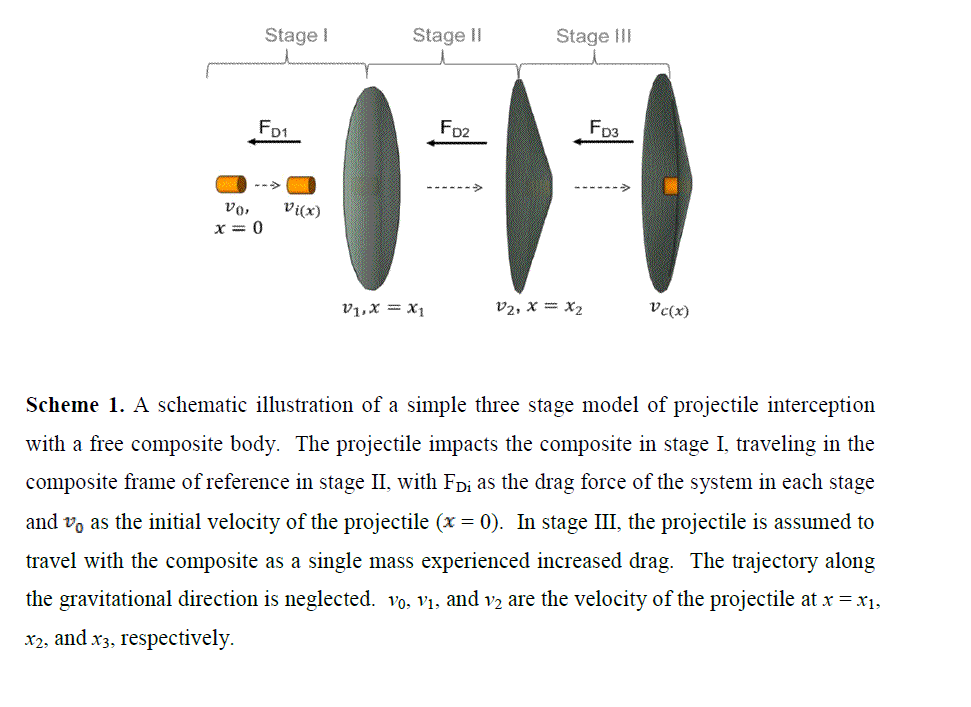Materials that protect against the high strain rate loading of a projectile have traditionally been constrained by their use on the target of protection. Here we explore the possibility of new materials, particularly carbon nanocomposites, for projectile protection removed off of the target, and placed along the trajectory at an intermediate location. In the case of light projectiles with low kinetic energy, a mathematical model of such Ambient Armor (AA) separates the impact, capture and energy dissipation of an incident projectile into each of three stages respectively. A distinct scaling of the projectile to composite area ratio, and areal density ratio is derived for a given requisite stopping distance. We consider the case where the projectile becomes embedded into the composite, and also the gyroscopic destabilization that proceeds when penetration occurs. As an example, the model in the former case predicts that a 1 g and 800 m/s projectile could be decelerated to 3 m/s within 6-9 m using a 2.34 × 104 layer monolayer graphene nanocomposite at 0.02 volume fraction. For heavier projectiles with higher kinetic energy, a tandem system using a second composite body with the specified area density is explored with the idea of making the projectile gyroscopically unstable for rapid deceleration and subsequent interception. Off target reinforcement or AA may in general allow for the exploration of a broader range of material properties for projectile protection.
